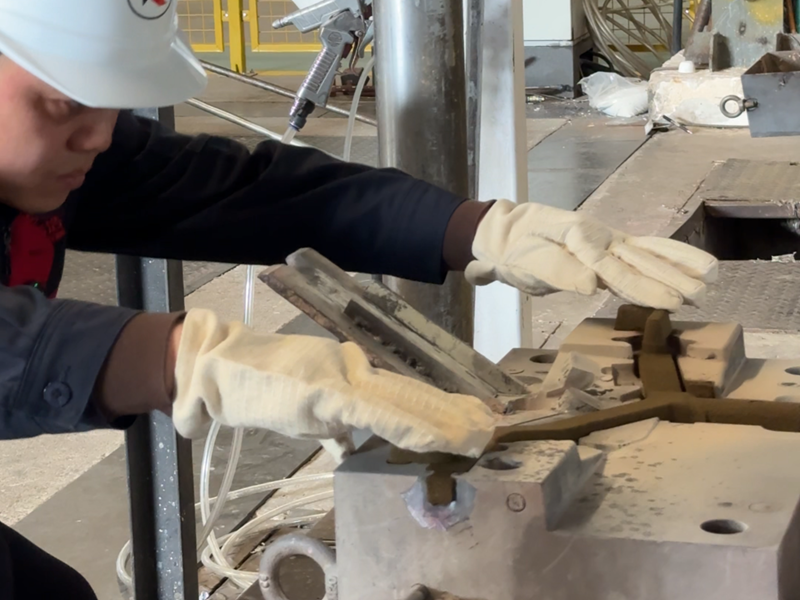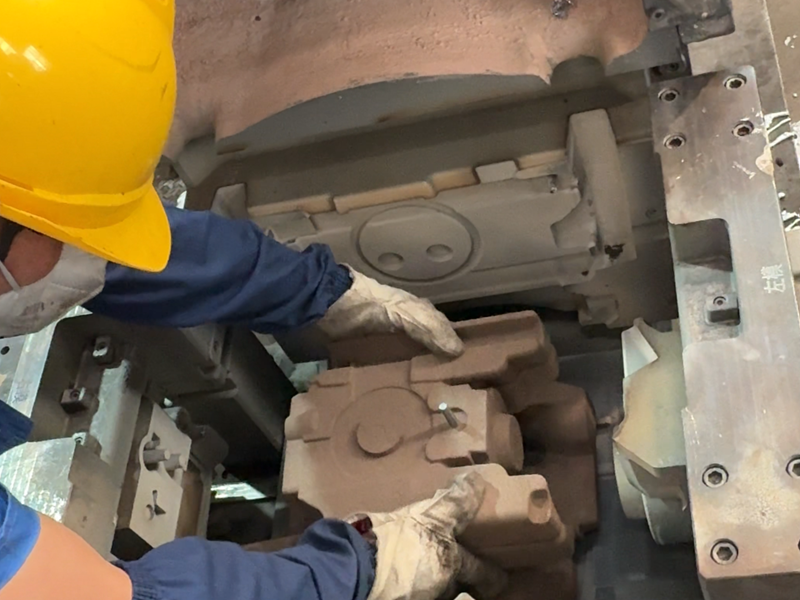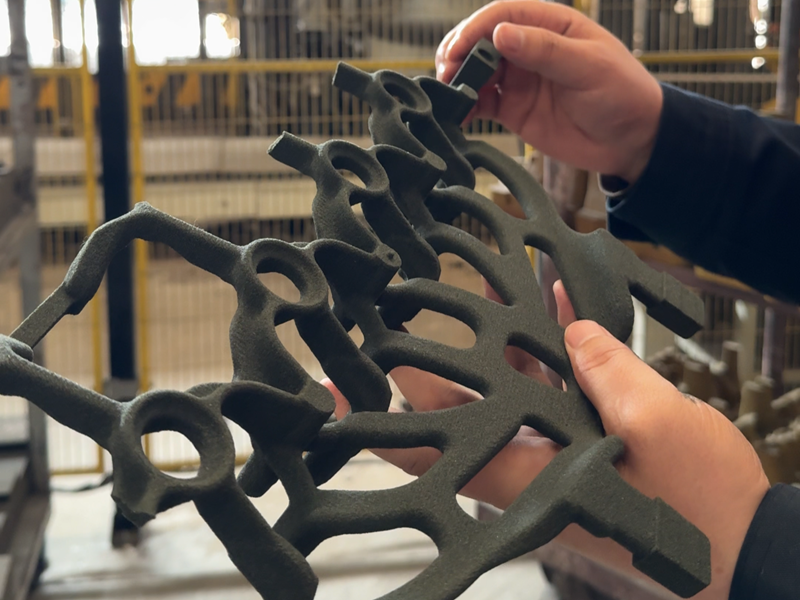“The Process Code of Precision Casting: Uncovering the Technical Truth of Manual Core Setting”
In the foundry workshop where intelligent machines roar, the proportion of manual operations in the sand core installation process remains at 35%-40%. This scene where traditional skills coexist with industrial automation reflects the unique technical survival logic in the field of precision casting.
As the skeleton of casting molding, the sand core is a special structure composed of sand grains and adhesives. While it has excellent molding performance, it also hides fatal weaknesses – complex structure sand cores (including curved surfaces, hollows, thin walls, etc.) account for 67%. When the rigid gripper of the manipulator contacts the curved surface, hollow or thin-walled structure, even with the most advanced force control system, it is difficult to imitate the tactile sensitivity of human fingers. During the operation, the bonding force between the sand grains will cause chain collapse due to tiny vibrations.
The continuously fluctuating temperature field and diffuse dust environment in the foundry workshop constitute a perception barrier that is difficult for industrial robots to penetrate. The millimeter-level deformation caused by the thermal expansion of the mold and the microstructural changes caused by the moisture absorption of the sand core require the operator to perform visual judgment and tactile calibration simultaneously.
This instant processing capability of multi-dimensional environmental variables is precisely the “perception-decision-making” closed-loop bottleneck that the current automation system has not yet broken through. While the robotic arm is still repeatedly calculating compensation parameters, skilled craftsmen have completed the entire set of adaptive adjustments through muscle memory.
In the field of complex casting production, when the complexity of the product structure exceeds 7 parameters or the batch is less than 5,000 pieces, the comprehensive cost of manual core setting is 42% lower than that of mechanical programming. The versatility of human hands can instantly switch hundreds of operating modes. This zero-cost flexible adaptation capability forms a significant advantage when dealing with small batches and multi-variety orders.
When the metal joints of the robotic arm and the palm prints of the craftsman are intertwined in the foundry workshop, the manufacturing industry reveals a profound technological philosophy-the real industrial revolution is never a simple replacement, but to find the optimal ecological niche of each technical element, and the existence of each production process is reasonable.
Zhengheng Power will decide which production process to use based on the structure of the product and the number of customer needs. The main advantage of this choice is to reduce the development cost and development cycle of the product while increasing the flexibility of switching products on the production line. This cross-era fusion of skills may be the deep code for China’s foundry industry to maintain its core competitiveness in the intelligent transformation.
Post time: Apr-03-2025













